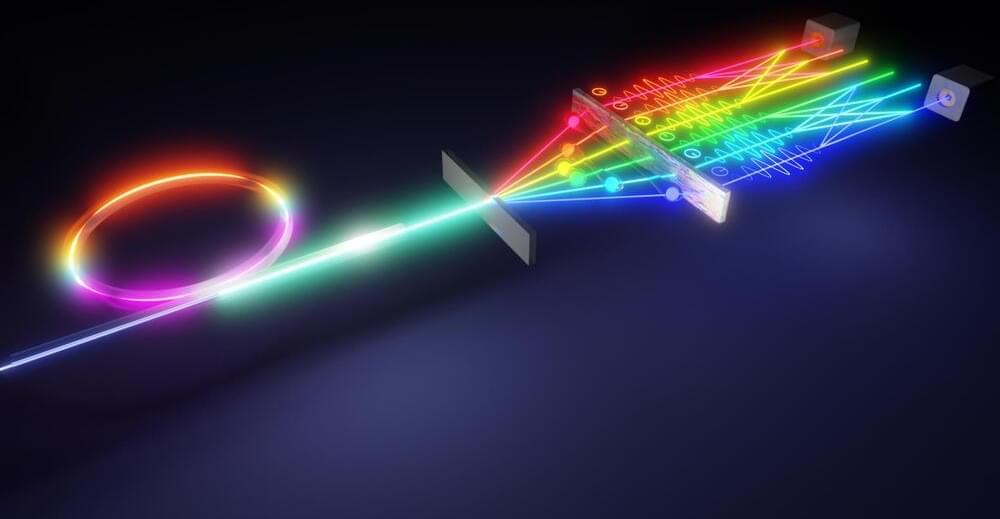A multi-institutional team has created an efficient method for measuring high-dimensional qudits encoded in quantum frequency combs, a kind of photon source, on a single optical chip using already available experimental and computational resources.
Despite the fact that the word “qudit” may appear to be a typo, this less well-known relative of the qubit, or quantum bit, has the ability to carry more data and is more noise-resistant, two crucial characteristics required to enhance the performance of quantum networks, quantum key distribution systems, and eventually the quantum internet.
In contrast to traditional computer bits, which classify data as ones or zeros, qubits can hold values of one, zero, or both. This is due to superposition, a phenomenon that enables several quantum states to exist simultaneously. Qudit’s “d” refers to the variety of levels or values that may be encoded on a photon. Traditional qubits only have two levels, but by adding more levels, they become qudits.
